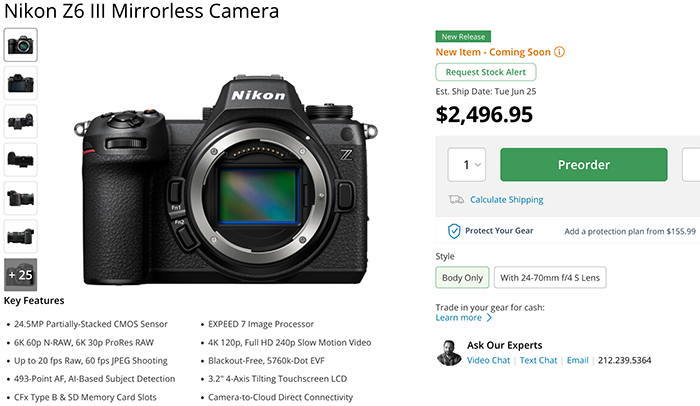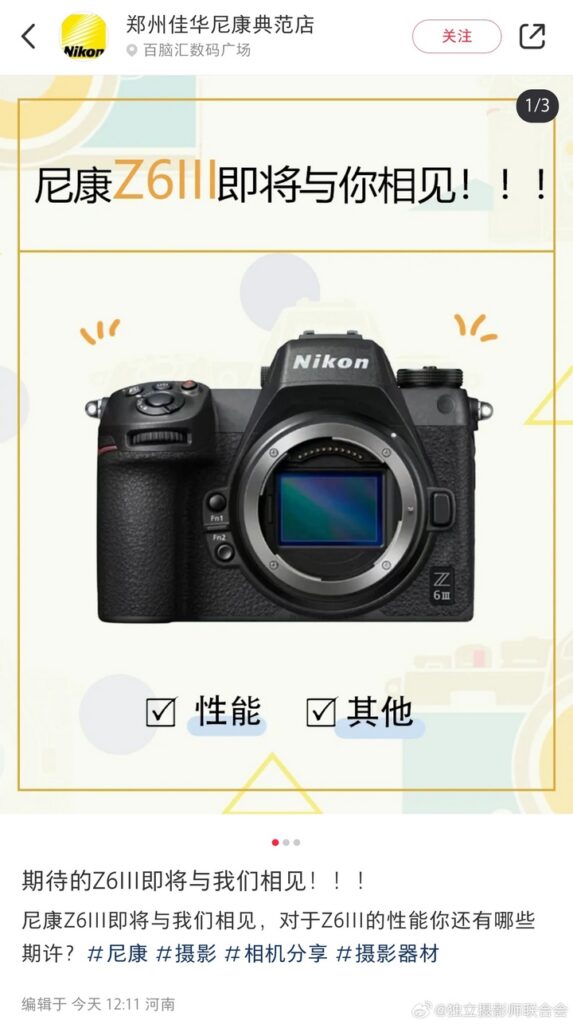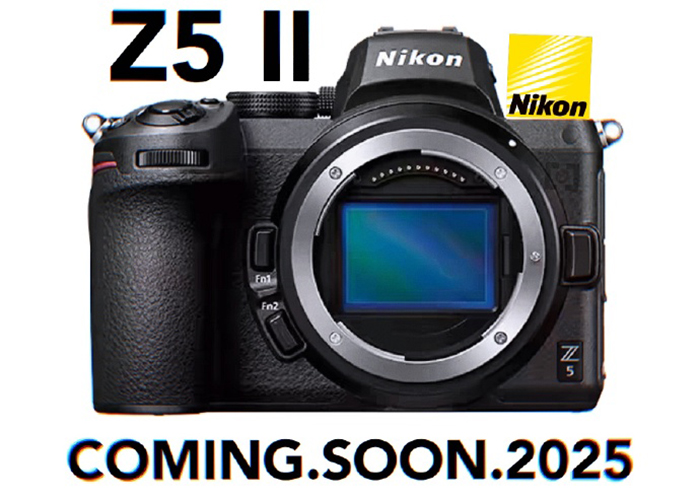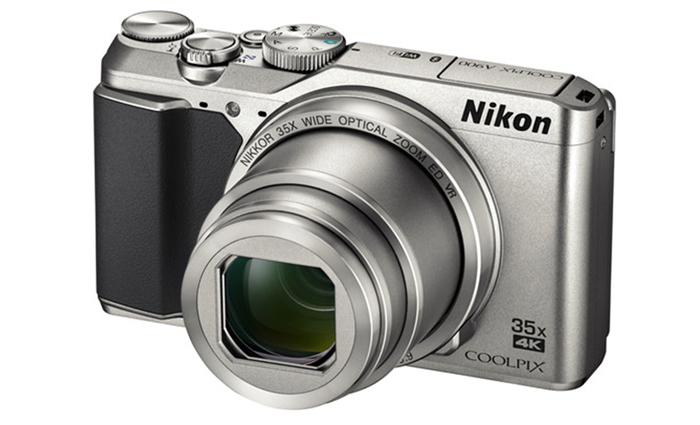Is Nikon Outpacing Fujifilm?
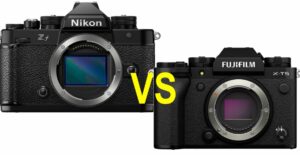
Lately there is a lot of talk if Nikon’s full frame retro camera offering such as the Nikon Zf are endangering Fujifilm.
Well, one of the most respected Italian photography channels, riflessioni fotografiche, shared his thoughts about it.
You can see the video below (in Italian) and here is the summary:
Nikon as Fuji’s Competitor:
- Nikon has been doing well since the release of the Z9.
- Recent models like Z6 III and Zf are competitive with Fuji models (e.g., X-H2S, X-T5, X-S20).
- Nikon’s autofocus performance is a significant advantage over Fujifilm.
Japanese Market Dynamics:
- Japanese camera brands tend to maintain a cooperative competition to protect their overall industry.
- Brands avoid aggressive strategies that could harm the collective strength of Japanese camera manufacturers.
Fuji’s Strengths:
- Offers a comprehensive APS-C system with a wide range of native and third-party lenses.
- The X System remains a strong choice for APS-C users due to its versatility and identity.
- Fuji’s GFX medium format system provides high-end options and absorbs resources for development.
Fuji’s Challenges:
- The autofocus system lags behind competitors like Nikon, Canon, and Sony.
- Firmware issues have frustrated users, especially professionals.
- The brand’s identity has shifted, potentially alienating traditional Fujifilm loyalists.
- Market pressure to adapt to new trends (e.g., video creators and content creators).
Nikon’s APS-C vs. Fuji’s APS-C:
- Nikon’s APS-C offerings are seen as entry-level or transitional to full-frame systems.
- Fujifilm’s APS-C system is more mature and complete, making it a better long-term investment for dedicated APS-C users.
Market Strategy Suggestions for Fuji:
- Focus on fewer product lines to maintain quality and identity.
- Reinvest in the “pure photography” ethos with products like monochrome cameras or vintage-inspired designs.
- Strengthen technical aspects, especially autofocus.
- Introduce innovative APS-C products to maintain relevance against full-frame systems.
General Insights:
- APS-C still has potential as a format if brands offer unique lenses and systems.
- The cost and weight advantages of APS-C systems remain relevant compared to full-frame.
- Users should assess the system ecosystem, not just individual camera models, when choosing a brand.
In summary, Nikon’s recent advancements pose a challenge to Fujifilm, but Fuji retains a strong position in APS-C due to its complete system and unique identity. However, addressing autofocus and market positioning is critical for future success.

